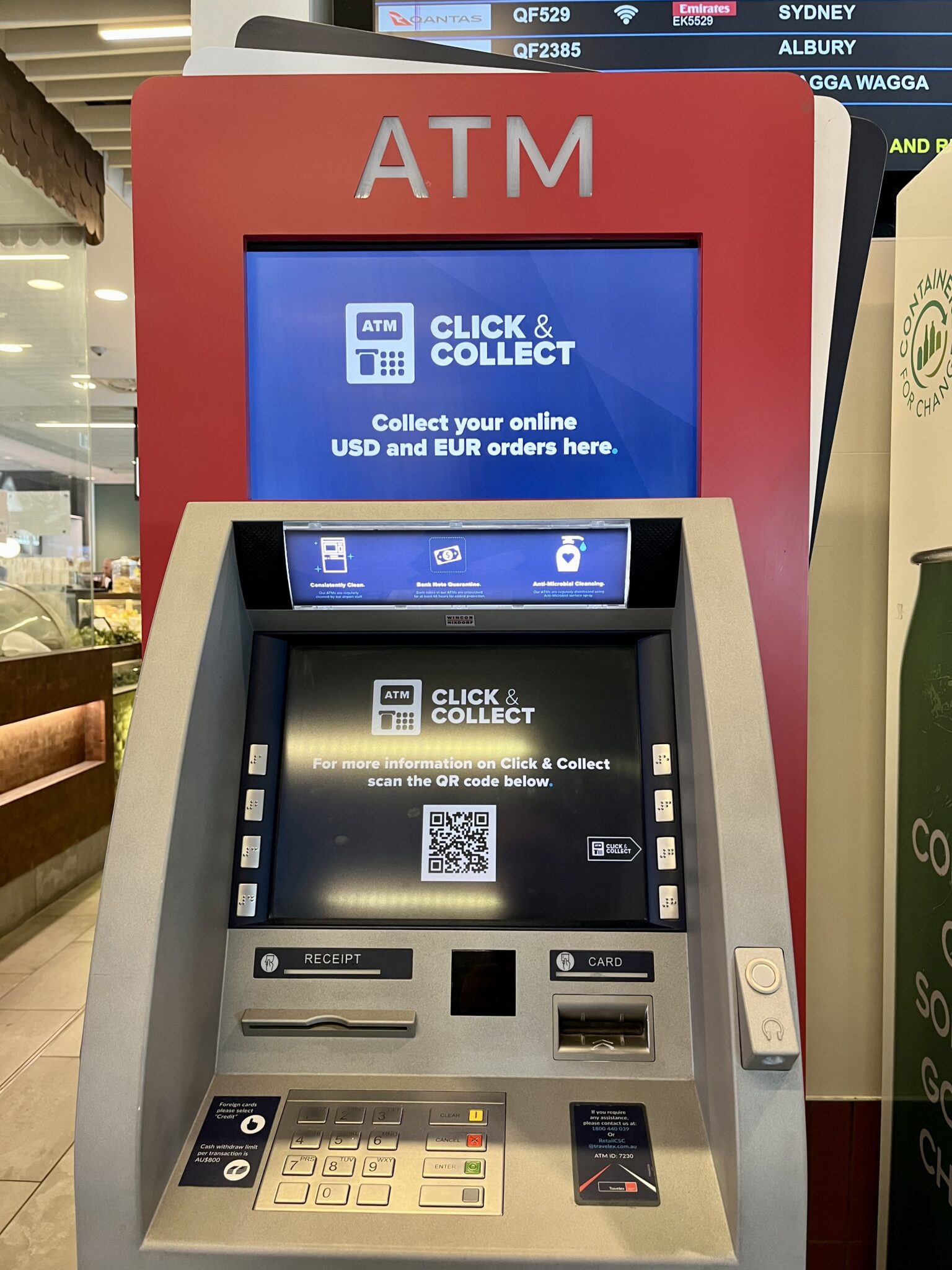
According to Atlas VPN investigation, lockdowns successfully reduced the mobility of citizens, but 62% of Americans are still going to work.
Recently, Google published its user’s location data to show how quarantine impacted the behaviours of citizens in various countries. Here, baseline or 0% is data from the beginning of the year, from January 3 to February 6. We compared the mobility data of 5 countries together with the timeline of their lockdowns.
Among others, Google provides mobility trends for places of work. On March 29, both US and German citizens are coming to work around 40% less. In Spain and Italy, 60% of workers are not working at all or are working remotely. The UK is slowly closing the gap, with workplace mobility decreasing by around 55% by the end of March.
In the middle of March, the International Labour Organization estimated that over 25 million jobs could be lost due to the COVID-19 pandemic globally. However, just two weeks later, they admitted that their estimations were conservative. On March 28, a record-breaking number of 6,648,000 Americans applied for unemployment benefits.
US behind other countries in response
It is apparent that the US is one of the latest adopters of social distancing and stay-at-home recommendations. Also, the US is one of the last countries in which coronavirus is rampant, but there is no nation-wide lockdown.
Slow and rather insignificant response to the crisis might be the reason for the extreme growth in coronavirus cases in the US. It is now in the first place, with a total of 336,830 infections as of March 6.
Retail and recreation mobility accounts for places like movie theatres, restaurants, cafes, museums, etc. In most countries, people are visiting such sites 70-90% less. Yet, Americans only reduced their visits around 47%.
Spain and Italy, which are in the second and third place in terms of total infections respectively, reduced their visits around 97%. Italy was the first country to enforce nationwide lockdown on March 9. In Spain, the lockdown started soon after, on March 13. In comparison, the UK government ordered a shut down of non-essential businesses on March 23.
Groceries and pharmacies saw an increase in customers in almost all countries just before the lockdowns. The panic led people to stock up on groceries, hand sanitizers, and some lucky ones could still purchase surgical face-masks.
Once again, the US seems to be the country with the least noticeable decline in mall and pharmacy visits. The president’s coronavirus guidelines for America include recommendations to work from home, to avoid unnecessary travel, limit social gatherings of 10 people or more, and to practice good hygiene.
Similarly, the German government only ordered a partial lockdown, limiting entry to the country as well as travelling by coaches, attending religious meetings, and visiting playgrounds.
Record-breaking increases in calls and gaming
Facebook recently reported that in countries hardest affected by the coronavirus, the volume of messages increased by over 50%. In Italy specifically, the number surged to over 70%. Also, voice and video calls on WhatsApp and messenger more than doubled during March.
Moreover, telecommunication company Verizon shares its data on its user’s internet traffic in the US. Most notably, Americans took up gaming, and video game traffic jumped by 102%.
Another record braking area is in phone calls. Verizon recorded an average of 800 million calls per day in March. In contrast, this is twice the amount of calls than during Mother’s Day, which was the record day for calls beforehand. Together with call frequency, the average call duration increased by 33%.



 share
share









































